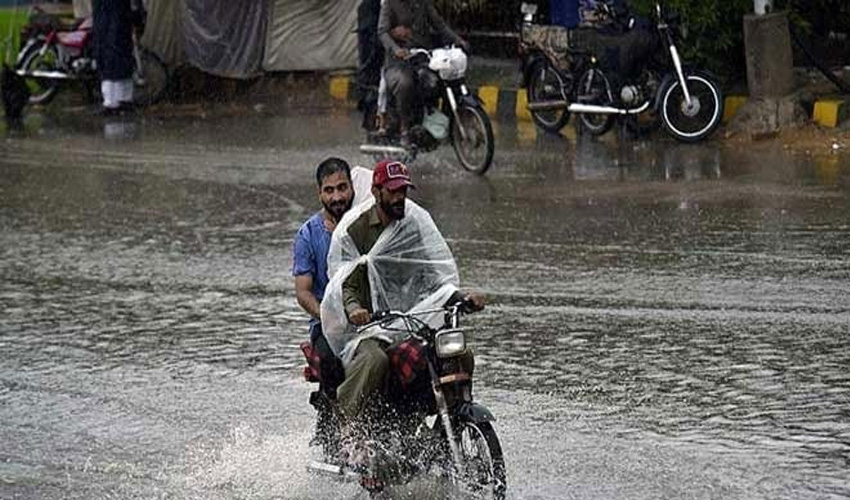The Met Department has issued a fresh advisory, forecasting a new wave of monsoon rains to affect various parts of Pakistan from July 16 to 21.
According to the advisory, monsoon winds will start entering Pakistan from the Arabian Sea beginning Tuesday. From July 16 to 21, rains are likely to hit in ifferent parts of the country. These rains are expected to bring relief from the summer heat, while also posing risks of flooding and landslides in certain regions.
Predictions by region
- From July 17 to 20, rains are expected in Islamabad, Rawalpindi, Murree, Galiyat, and both central and south Punjab. South Punjab is likely to experience thunderstorms from July 17 to 19.
- Rainfall is forecasted for various parts of Khyber Pakhtunkhwa from July 16 to 21.
Also Read: Heat, humidity rise in Lahore and Khyber Pakhtunkhwa
- Most areas of Balochistan will remain dry and humid from July 17 to 19. However, there is a possibility of rain in the northeastern regions of Balochistan during this period.
- Rain is expected in Karachi, Umerkot, Mithi, and other areas during July 18-19.
- Rain is anticipated in many areas of Gilgit-Baltistan from July 17 to 21.
- Various areas of Azad Kashmir may receive rain from July 16 to 21.
Also Read: Karachi weather: Heavy rainfall after intense heat for two days
The advisory also highlighted potential risks associated with the upcoming weather:
- The increased water flow due to rain in the upper areas from July 17 to 19 could lead to urban flooding in some regions of Sindh and Punjab during July 18-19.
- There is a risk of landslides in the upper hilly areas due to the rains.
Impact and Preparations
Authorities are advised to take necessary precautions to mitigate the risks of flooding and landslides. Residents in affected areas should stay informed about weather updates and take appropriate measures to ensure their safety.
This new spell of monsoon rains is expected to provide much-needed relief from the summer heat while also replenishing water sources across the country. However, the associated risks highlight the need for preparedness and caution during this period.


























